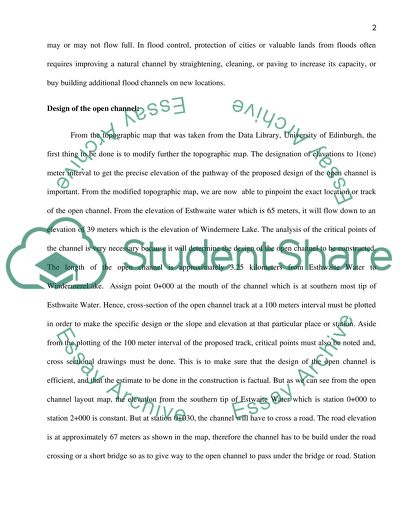Cite this document
(“Environmental Fluid Mechanics Essay Example | Topics and Well Written Essays - 2000 words”, n.d.)
Retrieved from https://studentshare.org/miscellaneous/1526329-environmental-fluid-mechanics
Retrieved from https://studentshare.org/miscellaneous/1526329-environmental-fluid-mechanics
(Environmental Fluid Mechanics Essay Example | Topics and Well Written Essays - 2000 Words)
https://studentshare.org/miscellaneous/1526329-environmental-fluid-mechanics.
https://studentshare.org/miscellaneous/1526329-environmental-fluid-mechanics.
“Environmental Fluid Mechanics Essay Example | Topics and Well Written Essays - 2000 Words”, n.d. https://studentshare.org/miscellaneous/1526329-environmental-fluid-mechanics.


